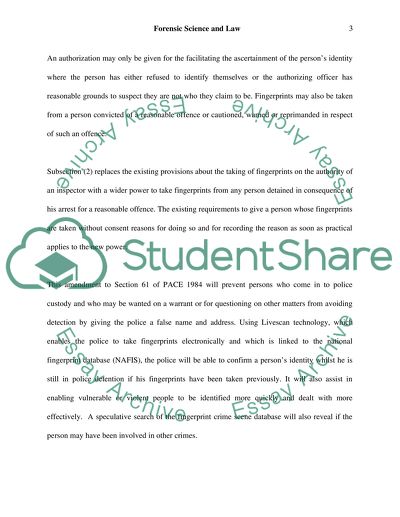Cite this document
(Forensic Science and Law: The Use of the Fingerprints and DNA Samples Assignment, n.d.)
Forensic Science and Law: The Use of the Fingerprints and DNA Samples Assignment. Retrieved from https://studentshare.org/law/1545292-forensic-science-and-law
Forensic Science and Law: The Use of the Fingerprints and DNA Samples Assignment. Retrieved from https://studentshare.org/law/1545292-forensic-science-and-law
(Forensic Science and Law: The Use of the Fingerprints and DNA Samples Assignment)
Forensic Science and Law: The Use of the Fingerprints and DNA Samples Assignment. https://studentshare.org/law/1545292-forensic-science-and-law.
Forensic Science and Law: The Use of the Fingerprints and DNA Samples Assignment. https://studentshare.org/law/1545292-forensic-science-and-law.
“Forensic Science and Law: The Use of the Fingerprints and DNA Samples Assignment”. https://studentshare.org/law/1545292-forensic-science-and-law.


